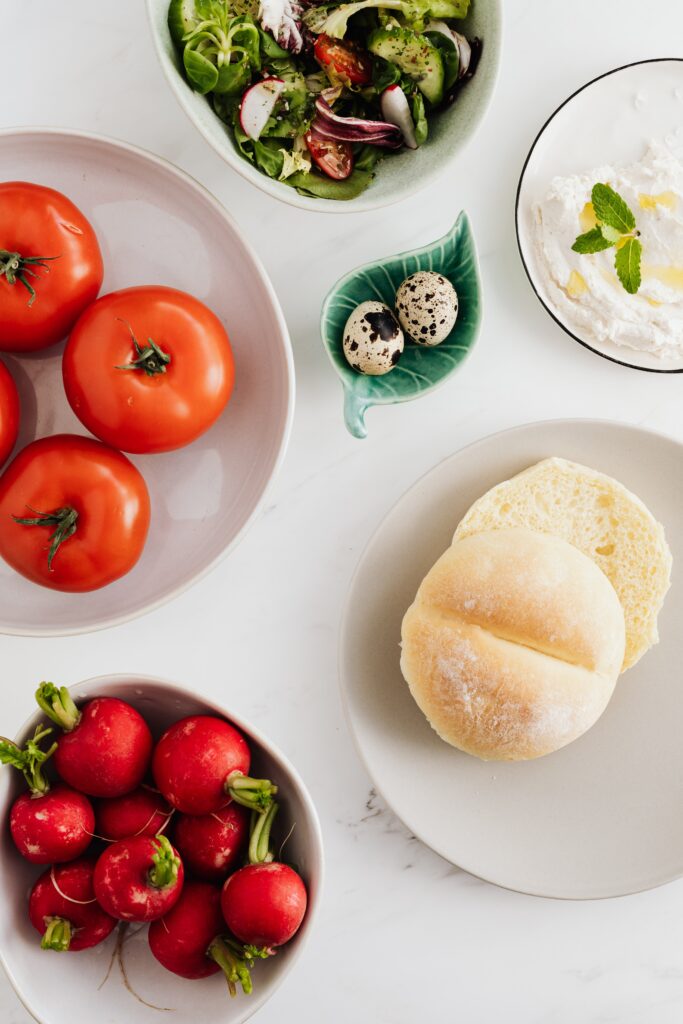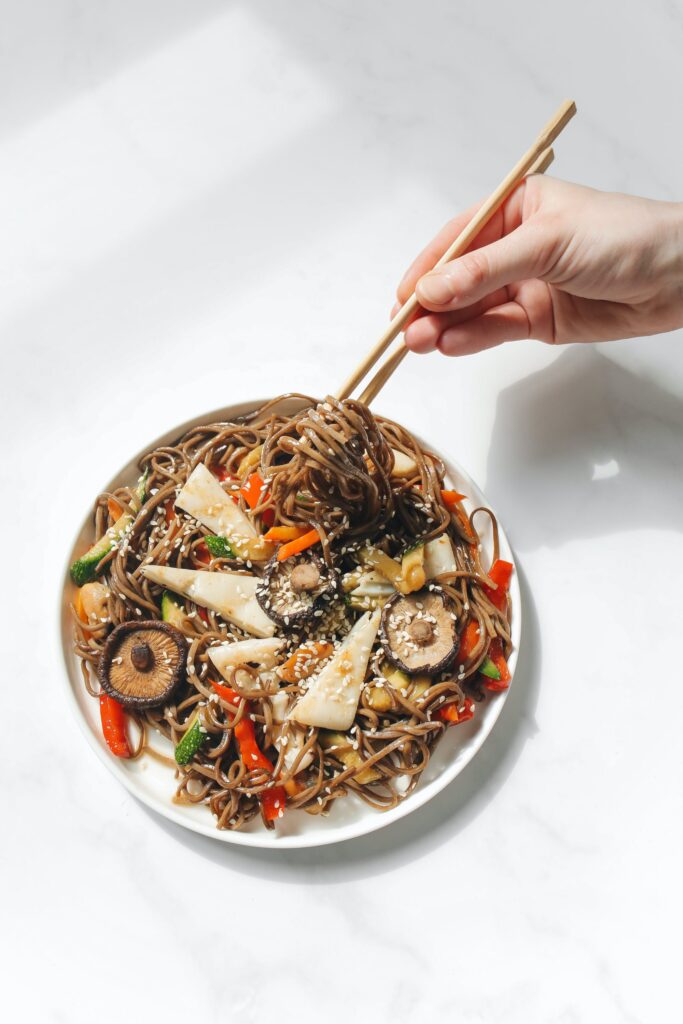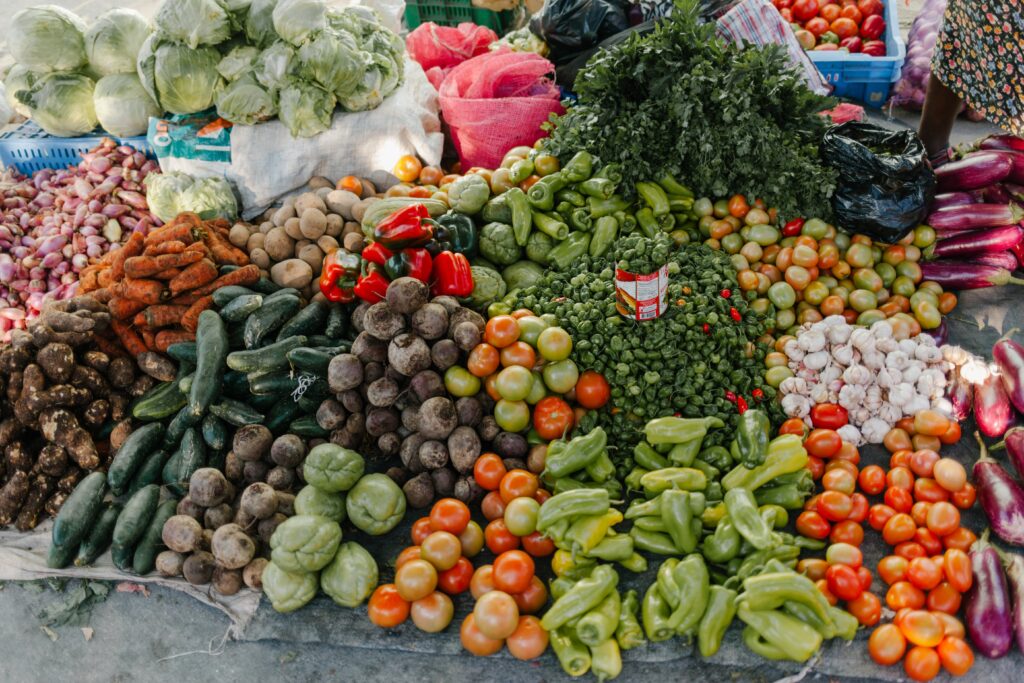Nutrition is the key for a healthy life. The internal health of your body is the cause if externally your body looks healthy or not. Therefore it is important to understand the fundamentals of nutrition, and calories and macronutrients are the foundations of every good nutritional strategy.

CALORIES
CALORIE THE DEFINITION:
A calorie (or a kilocalorie) is a unit of energy. Human beings require energy to survive – to breathe, move, pump blood, etc., and we acquire this energy from food.
The number of calories in a food item is a measure of how much potential energy that food possesses. For example: 1g of carbohydrates has 4 calories 1g of protein has 4 calories 1g of fat has 9 calories
NUMBER OF CALORIES YOU NEED:
According to the National Health Service (NHS) a man needs around 2,500 and women 2,000 calories per day. However this number can vary in order to achieve your specific body because of the height, age and activity level.
Furthermore, if you eat more calories than you burn you will add weight. On the other hand, if you burn more calories than you eat you lose weight. This works on basic levels but other factors should also be taken into consideration
→ DIGESTION: Your food choices are essential, but how much of that food you absorb is also important. For example eating 80g of rice from a microwave packet filled with preservatives isn’t the same as eating 80g of pure rice. Removing processed food and preservatives is significant to lower your absorption level.
→ BLOOD SUGAR LEVELS: As well as following your calories targets, keeping a stable blood sugar level is also key. If the blood sugar is not stable you are going to experience low energy levels, mood swings, cravings that stop you from burning fat.
MACRONUTRIENTS
MACRONUTRIENTS THE DEFINITION:
Macronutrients are nutrients that provide calories or energy. Nutrients are the substances required for growth, metabolism and for other body functions. Since ‘macro’ means large, macronutrients are the nutrients required in large amounts.
There are three primary macronutrients: Proteins, Fats and Carbohydrates
PROTEINS
PROTEINS THE DEFINITION:
Proteins are made of varying combinations of amino acids, 20 in all. Amino acids make up every tissue and substance in our bodies, from hair and heart to hormones. Amino acids are important to grow, repair and maintain a healthy tissue.
There are eight essential amino acids for adults (valine, isoleucine, leucine, phenylalanine, threonine, tryptophan, methionine, and lysine) and nine for children (add histidine to the list)
WHY DO YOU NEED PROTEIN:
- Growth: especially when looking to build lean muscle tissue.
- Tissue repair: to repair muscle tissue after intensive workouts. Immune function: to avoid getting sick.
- To get energy when carbohydrate is not available: This is by gluconeogenesis, whereby your body converts protein to glucose for energy.
- To preserve lean muscle mass: to retain the muscle you already have.

EATING PROTEINS:
Animal and fish protein contains all the essential amino acids in proper proportions to one another – a characteristic of all flesh foods – and thus is known as complete protein. It’s easier to get all your amino acids from meat, fish and eggs !
However, avoid factory farmed meat and fish. Instead focus on eating organic and/or free-range meat like chicken to get a higher nutritional return. For fish avoid farmed fish that has been filled with colourings but opt for wild fish when possible as it is filled with omega 3 fatty acids that are good for you !
For the eggs, eat free-range organic chicken as it contains vitamin A and E as well as omega 3 fatty acid.. Free-range organic chicken follows a diet with a lot of greens: kale, collard and broccoli for a richer yolk in nutrients and vitamins.
Primary Protein Foods:
- Chicken (free range if possible)
- Turkey (free range if possible)
- Free-range eggs
- Beef or lamb (grass fed if possible)
- Rice protein powder
- Whey protein powder
- Wild fish (salmon, cod, mackerel, etc.)
For the plant kingdom, not all of them are complete. You can therefore combine them together and you are not obliged to eat them in one go. Here are examples of combining nuts and seeds with legumes or grains:
→ Combining legumes with sunflower seeds, sesame seeds or nuts such as walnuts, almonds or cashew provides complete proteins
→ Or a trail mix of nuts, cashews, sunflower seeds with hummus or guacamole dip and raw vegetables.
FAT
FAT THE DEFINITION:
Healthy fat so fatty acids have an effect on muscle gain, fat loss and overall health. Fatty acids are decomposed into “ different types of fat: saturated, monounsaturated and polyunsaturated
Therefore it is important to avoid margarines and eat egg yolks and real butter. Considering that margarine is generally a blend of crops oils and usually includes additives like emulsifiers, and that butter from pastured cows actually contains fat-burning ingredients like CLA. The key with fat is to make sure you don’t eat too much, as it is calorie dense but enough to feel more satiated, give you more energy and can actually speed up fat loss. The overall message is eat real food and minimize processed animal products.
WHY DO YOU NEED FAT:
- For brain function: Omega 3, for example, plays a critical role in brain function.
- To burn body fat: Certain types of fats such as conjugated linoleic acid (CLA) found in grass-fed cows and pasteurized butter can actually help your body burn fat.
- For steady energy: Fat is the most concentrated source of energy. It can give you steady energy throughout the day and keep your blood sugar levels stable.
- To absorb certain vitamins: Vitamins A, D, E, K and carotenoids are all fat soluble, i.e. you need to consume them with fat for their absorption.
- Protection: Actual body fat can provide cushioning for the organs
FAT vs CALORIES:
Fat has more calories per gram (9 kcal) than either carbs or protein (both 4 kcal). However, the reality is that 500 kcal from fat is absorbed much differently than 500 kcal from carbohydrates. Fat is more satiating, meaning it will leave you feeling fuller for longer, and including good quality fats that help stabilize blood sugar and hunger levels can be the key to losing body fat, building more muscle and giving you steady energy throughout the day.
MOST IMPORTANT TYPE OF FATS:
- Omega 3
→ Omega 3 is actively involved in critical biological functions such as improving cognitive abilities, helping you retain information better, helping you perform complicated tasks more effectively, alleviating pain and inflammation, and improving insulin sensitivity
→ Best sources of omega 3 are flax, hemp and pumpkin
- Omega 6
- Fatty acids
BEST SOURCES OF FAT:
- Oily fish (salmon, mackerel)
- Nuts (almonds, walnuts, cashews)
- Seeds (pumpkin, linseed, chia)
- Oils (flaxseed, hemp)
CARBOHYDRATES
CARBOHYDRATES THE DEFINITION:
Carbohydrates have developed a pretty bad reputation over recent years, but when used correctly, they can be massively beneficial in keeping blood sugar stable and energy levels constant and fuelling your body for workouts. Carbohydrates’ role is to give you energy. However, avoid refined carbohydrates such as white bread, white rice or refined cereals.

WHY DO YOU NEED CARBOHYDRATES:
- Body’s main source of fuel: glucose and glycogen.
- Easily used by the body for energy: fuelling intensive workouts.
- Used by all tissues and cells for energy: glucose.
- Can be stored in the muscles and liver and later used for energy.
Note: This is great for fitness-seeking people for whom performance is key, but overdoing it can also lead to fat gain.
Good source of fiber: certain types of carbohydrates that our body can’t digest are passed through the intestinal tract intact and help to move waste out of the body
KEEPING BLOOD SUGAR LEVELS BALANCED:
- Eating something small every 3 hours
- Avoid processed food and eat more vegetables
- Eat more fat
- Eat-slow releasing carbohydrates at insulin-sensitive times (morning and post workout)
BEST SOURCES OF CARBOHYDRATES:
- Oats
- Sweet potato
- Baby new potatoes
- Brown or basmati rice
- Vegetables & Fruit
EXAMPLE OF A SAMPLE DAILY MENU:
BREAKFAST 7:00 am: 50g porridge oats and two free-range poached eggs
MORNING SNACK 10:00am: 100g Greek yogurt and 1 teaspoon of pumpkin seeds
LUNCH 1:00pm: 200g wild salmon, unlimited broccoli and spinach
AFTERNOON SNACK 4:00pm: handful of almonds
DINNER 7:00pm: 150g sweet potato, 150g free-range chicken and 200g roasted carrots
BEFORE BED SNACK 10:00pm: 1 scoop of whey protein.

EUROPEAN PERSPECTIVE
Tips from High Health Authority
Tips for a Balanced Diet:
- Limit intake of high-energy-density foods high in fats or sugars, as well as sugary or alcoholic beverages.
- Choose foods with low energy density such as fruits and vegetables, and drink water.
- Control portion sizes.
- Diversify food choices by eating a variety of foods in moderation, including favorite foods.
- Eat sufficiently and slowly during meals, sitting comfortably at a table if possible, and avoiding eating while standing.
- Structure meals and snacks according to lifestyle needs, typically including three main meals and a possible snack, to prevent excessive snacking between meals.
- Emphasize the enjoyment of eating and the social aspect of meals.
Tips for Food Acquisition:
- Plan menus according to the number of people.
- Make a shopping list.
- Shop for groceries on a full stomach.
- Avoid purchasing ready-to-eat foods without any preparation.
- Learn to read food labels.
Tips for Food Preparation:
- Cook meals yourself if possible or clearly communicate cooking instructions to others.
- Offer the same food to the entire family, adjusting only portion sizes.
- Use seasonal produce.
- Limit the use of cooking fats.
- Cook appropriate quantities and limit plate size to avoid leftovers.
Mealtime Tips:
- Focus on the meal and pay attention to your plate.
- Be mindful of sensations while eating (e.g., acidic, bitter, sweet, hot).
- Serve food onto plates before bringing them to the table, and avoid second helpings.
- Rest utensils between bites in cases of fast eating.
- Use standard or small-sized plates for appropriate portion sizes.
Tips Between Meals:
- Encourage alternative activities for those who eat in response to negative emotions, such as making a phone call or taking a walk.
- Avoid buying or stocking up on foods typically consumed during non-meal eating occasions.
- Opt for low-calorie-density foods during loss of control episodes and take the time to eat slowly.
source: The Fitness Mindset – Brian Keane & https://www.has-sante.fr/upload/docs/application/pdf/2011-10/annexe_3_fiche_de_conseils_pour_lalimentation.pdf



